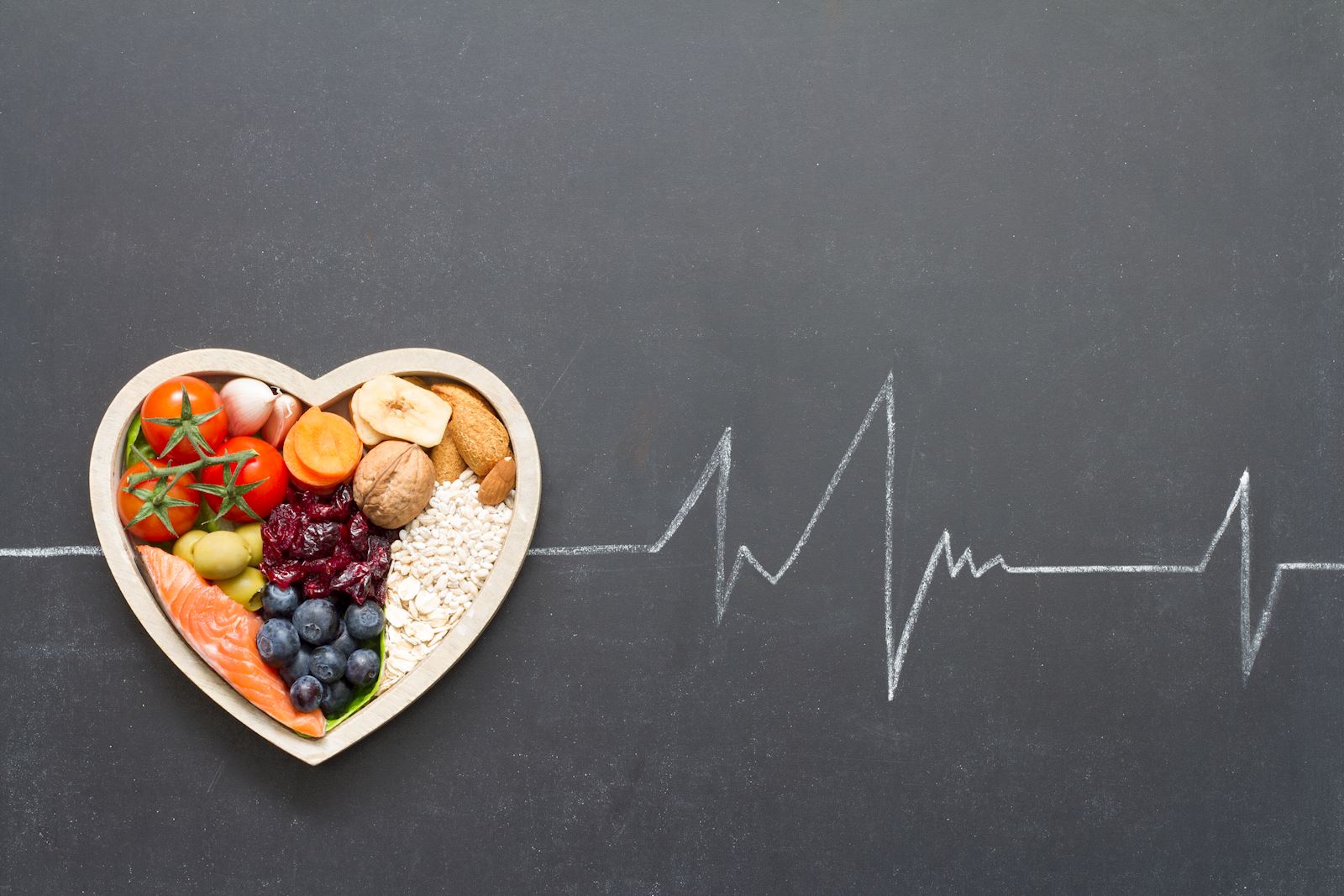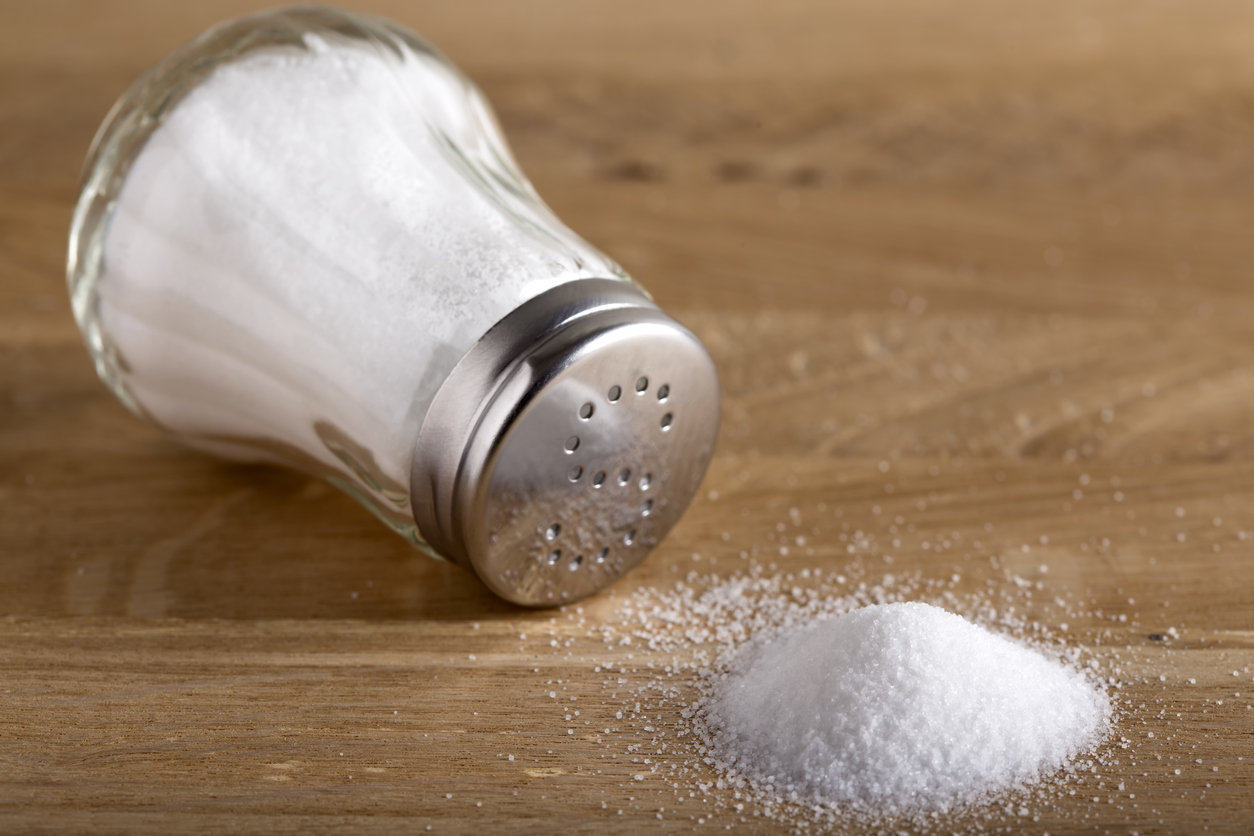Keto? Mediterranean? Flexitarian? Which diet is right for you? When choosing a diet, it’s important to first talk with your doctor so you can address your own health concerns. But, if you’re trying to manage your blood pressure or a heart condition, chances are your doctor will suggest the DASH diet.
The Dietary Approaches to Stop Hypertension (DASH) diet was developed in the 1990s with support from the National Heart, Lung and Blood Institute. It was part of several studies designed to determine if hypertension, or high blood pressure, could be managed through diet alone. The diet focuses on fresh, low-sodium foods with plenty of the nutrients that help lower blood pressure including magnesium, potassium and calcium. And it’s proven to work. Some patients who followed the DASH diet lowered their blood pressure and improved their health.
The DASH diet isn’t just for people with high blood pressure; it’s a healthy dietary approach for almost everyone and it matches nutritional recommendations for preventing many diseases including diabetes, cancer and osteoporosis. The DASH diet consistently ranks as one of the most effective overall diets by U.S. News & World Report.
How does DASH work?
The DASH diet focuses on low-sodium, fresh, minimally processed foods. The standard version of the diet limits sodium consumption to 2,300 milligrams (mg) per day (equal to about a teaspoon of table salt). For comparison, the average American diet contains about 3,400 mg of sodium daily. The Mayo Clinic suggests the following food guidelines and foods to limit:
Here’s a daily serving guide for the DASH Diet:
- Fruits: 4-5 servings
- Vegetables: 4-5 servings
- Low-fat dairy products: 2-3 servings
- Grains (pasta, bread, cereal and rice): 6-8 servings
- Fish and poultry: one serving or less
- Fats and oils: 2-3 servings
- Nuts, legumes and seeds: 4-5 servings per week
Foods that are limited on the DASH Diet include:
- Sugary drinks
- Desserts
- Red meat
- Full-fat dairy products
Tips for making DASH work for you
Following the DASH diet requires some initial education about recommended foods, servings and portion sizes. Once you have those down, you’ll see that you have a wide range of food choices to enjoy. Here are some tips for DASH diet success:
Read up — There are lots of great books and online resources about the DASH Diet. Have one handy for reference as you transition to the diet.
Check labels — Many prepared foods including soups, dressings, seasonings, and deli meat, are high in sodium. Learn to read the labels so you can track your intake of salt and other nutrients.
Plan ahead — Restaurant meals tend to be very high in sodium and portion sizes are usually large. If you’re going out to eat, check the menu online ahead of time to make an informed choice so you can adhere to DASH diet guidelines.
Nutrition for post-discharge patients
Nutritional support is critical for patients who have recently been discharged from the hospital. A heart-friendly diet such as the DASH diet can be a good option for many heart disease patients who need nutritious, lower sodium meals as they heal after hospitalization.
A study reported in JAMA Health Forum reinforces how good nutrition improves outcomes. The research by Kaiser Permanente of Southern California (KPSC) demonstrates that home-delivered meals provided to recently discharged patients help reduce rehospitalization and death post discharge.
For the study, KPSC offered four weeks of Mom’s Meals® home-delivered meals to an ethnically diverse cohort of almost 12,000 Medicare Advantage patients who were recently discharged from 15 Kaiser Permanente hospitals. Study participants had been admitted to the hospital for heart failure or another acute medical condition.
Members of the “meals benefit” cohort, received four weeks of home-delivered meals from Mom’s Meals. They could select from different Mom’s Meals medically tailored menus including heart friendly, lower sodium, diabetes and renal friendly. Depending on the individuals’ insurance plan, they received either two or three meals per day for up to four weeks after hospital discharge.
Results of the KPSC study showed that, compared to the two control groups, patients who received the Mom’s Meals home-delivered meals benefit had lower odds of 30-day rehospitalization and death. In short, providing convenient access to quality nutrition through home-delivered meals may improve outcomes for older adults.
Mom’s Meals can help
Nutrition can play a significant role when it comes to reducing the risk for developing heart disease Nutrition can play a significant role when it comes to reducing the risk for developing heart disease or better managing an existing condition. Mom’s Meals can help take the guesswork out of eating heart-friendly meals that fit in with the DASH diet. We make getting good nutrition easier and more convenient.
Find out more about our wide range of delicious home-delivered meals, including heart-friendly, lower-sodium options. You’ll also find some useful heart-related resources.



